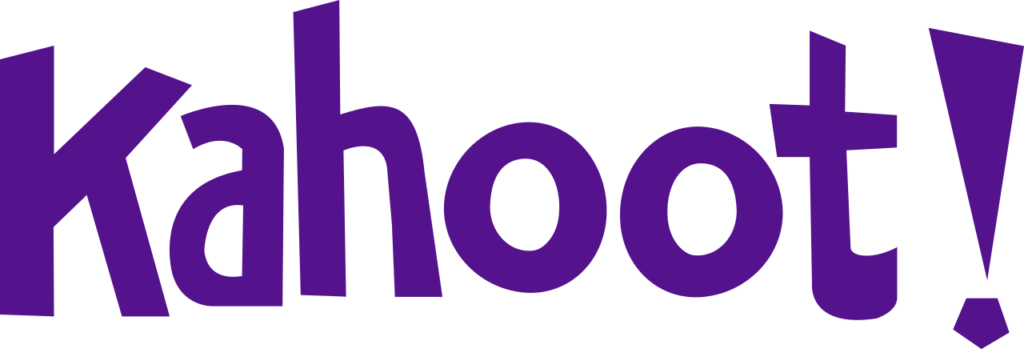Edtech Startup Udayy Shuts Shop In India, Fires All The Employees.
New businesses over the nation over are finding it hard to stay aware of the inflation. After Unacademy, Vedantu, another ed-tech startup, Udayy, fails horrendously. While Vedantu and Unacademy have just laid off a specific level of their labour force, Udayy has totally closed its business in India. The ed-tech organization experienced colossal misfortunes when the schools returned following a break of two years.
Udayy, which offered a web-based learning stage for grades 1 to 8, has laid off the entirety of its 100 workers as the firm couldn’t oversee supportable development in a hyper-cutthroat ed-tech competition.

Udayy’s prime supporter and CEO Saumya Yadav affirmed the improvement. To date, the company has raised more than $10 million in financing, including conspicuous financial backers like AlphaWave, InfoEdge, and Better Capital.
Established in 2019 by Karan Varshney, Mahak Garg, and Yadav, the ed-tech stage offered maths and English preparation to youngsters in the age groups of 6-11 years involving an intuitive web-based study hall of 3-5 kids in each cluster. It likewise sent off a free application giving day-to-day worksheets to understudies.
As indicated by the organization’s site which is presently outdated, it has directed in excess of 130,000 classes with north of 200 qualified educators and 50,000 children have learned from them as of 2022.
Yadav let people know that after the organization shut down activities in April, it proceeded to give outplacement administrations to every one of the impacted workers. Udayy likewise offered a severance bundle to workers, and a medical coverage bundle, as per Yadav.
“It was a very difficult decision but we did it in the best way possible so everyone finds a good place. We started during the pandemic and were doing very well during the pandemic. But, after the pandemic when offline schools opened up, growth stalled and it became very expensive to get new customers and service the old ones,” she mentions.
Source: www.financialexpress.com
Saumya Yadav, a fellow benefactor of the organization, said that Udayy was confronting obstructions in growing the model of online school when the schools started reopening.
“Udayy was witnessing the post-pandemic world for the first time. As the kids went back to school, we faced roadblocks in growing the original model of online, live learning. We evaluated multiple strategies and adjacent pivots. However, none of them were promising enough,” she said.
Source: entrackr.com
Udayy was established by IIT Delhi and Stanford University graduates, Yadav, Mahak Garg, and Karan Varshney. Uday joins the rundown of new companies that had terminated representatives in the primary quarter of 2022. Up until this point, the Indian start-ups have terminated in excess of 5600 workers.
Numerous tech new companies have either closed down or rebuilt tasks.
In February, ed-tech start-up Lido Learning likewise reported that it was closing down, due to comparable reasons. Last week, edtech stage FrontRow reported cutbacks as the organization went into rebuilding mode to increment efficiencies and protract its runway.
Following quite a while of hypergrowth, ed-tech firms are presently preparing for a stoppage in subsidizing, and a couple, including Unacademy and Vedantu, have conserved workers to reduce expenses.
Until now in ed-tech, Unacademy has laid off around 1,000 representatives, while Lido has closed shop in the wake of relinquishing around 150 workers. Most of late, Vedantu terminated 624 workers, referring to an intense macroeconomic scenery and difficulties from disconnected training places recovering unmistakable quality. On Monday, people group learning start-up FrontRow laid off 150 representatives of its all-out labour force of 500, due to an apparent money crunch. Aside from this, the much-advertised metaverse-based edtech fire up, Metaversity, established by previous Twitter India boss Manish Maheshwari laid off another 20 representatives last week as the organization failed to take off. Last week, the founder of Unacademy, Gaurav Munjal, whose organization let go north of 1,000 on-roll and authoritative staff as of late, informed the workers in an email that “winter is here” and that cost-cutting would be the organization’s vital concentration as subsidizing would stay scant for essentially the following 12-year and a half.
A few ed-tech firms are by and by wandering into hybrid learning models that include both on the web and disconnected learning. Nonetheless, Udayy couldn’t take advantage of that portion.

I am a second-year student pursuing Liberal Arts from Nmims. I am a painter, I love reading and have a great interest in cooking. I am also a trained kickboxer. I’ve always had a passion for writing and hence in my free time, I work as a freelance writer.


